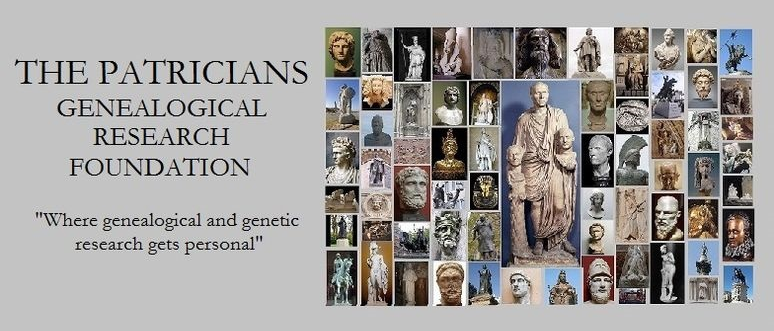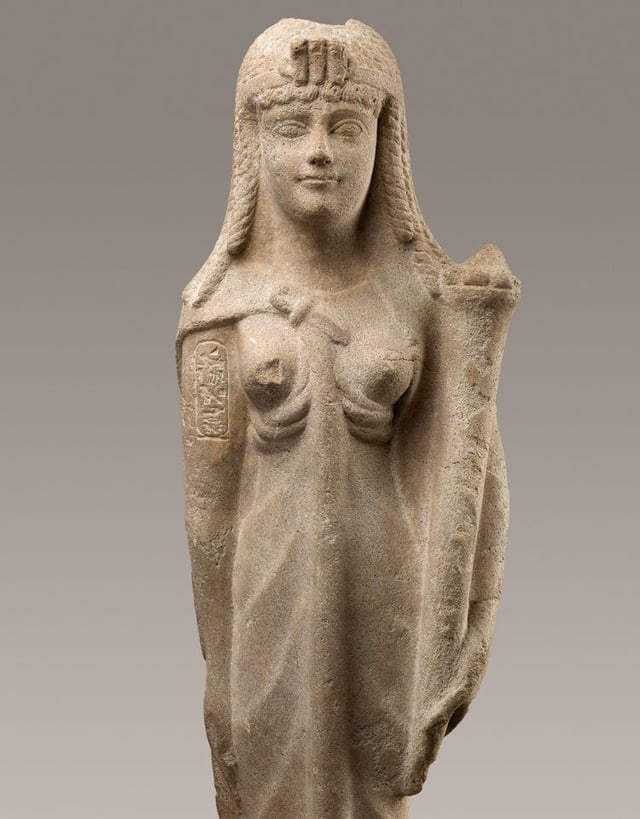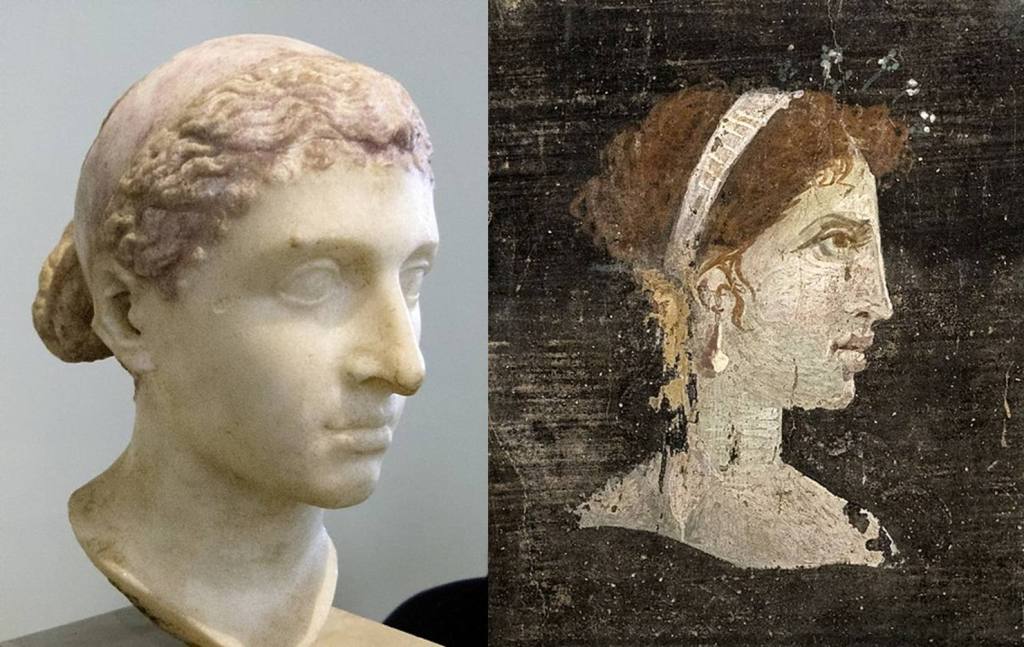
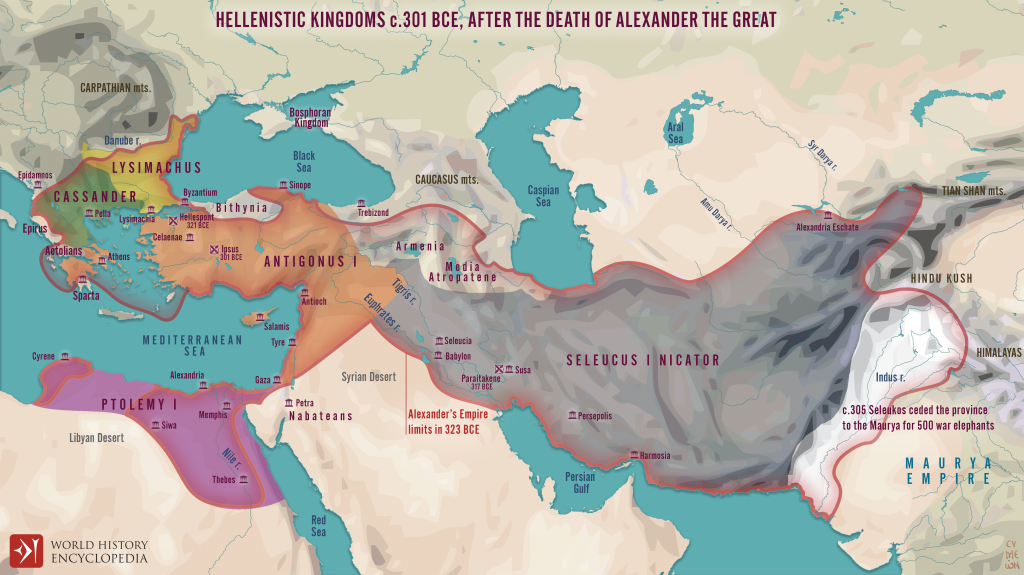
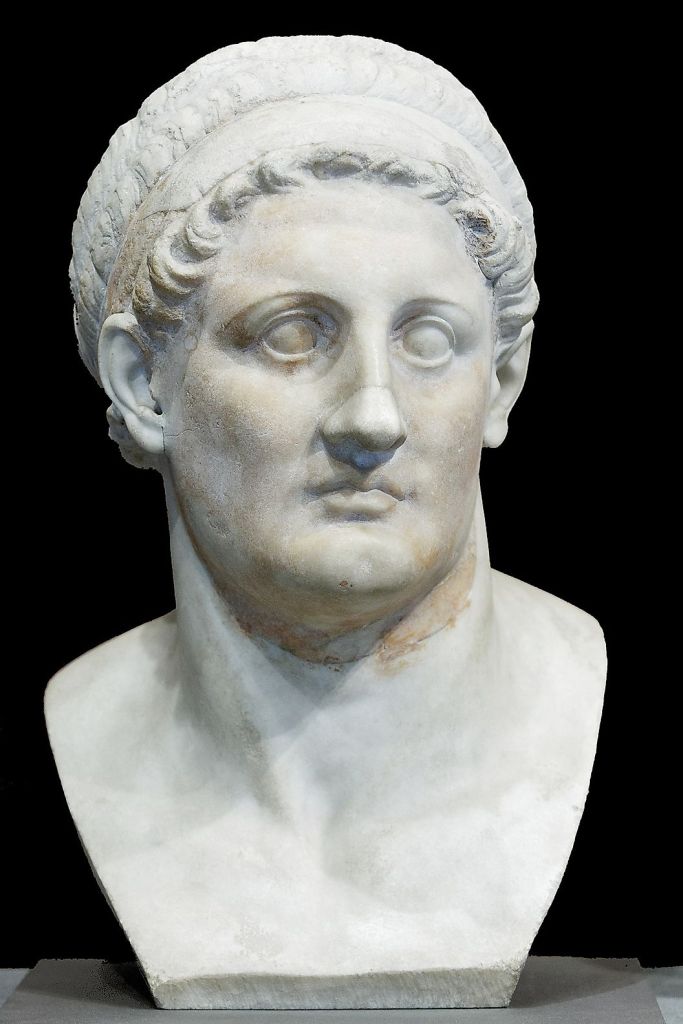
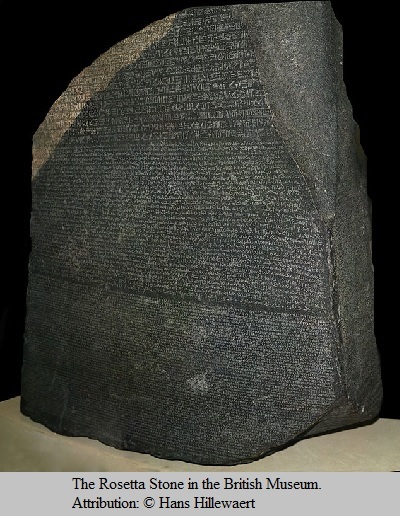
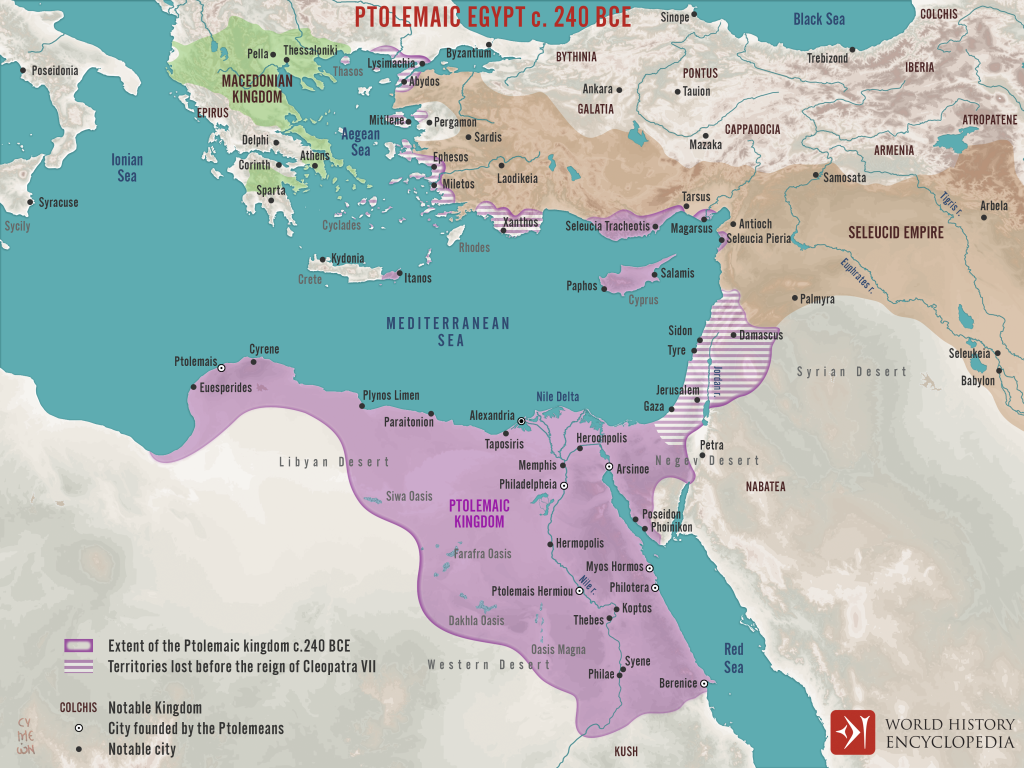
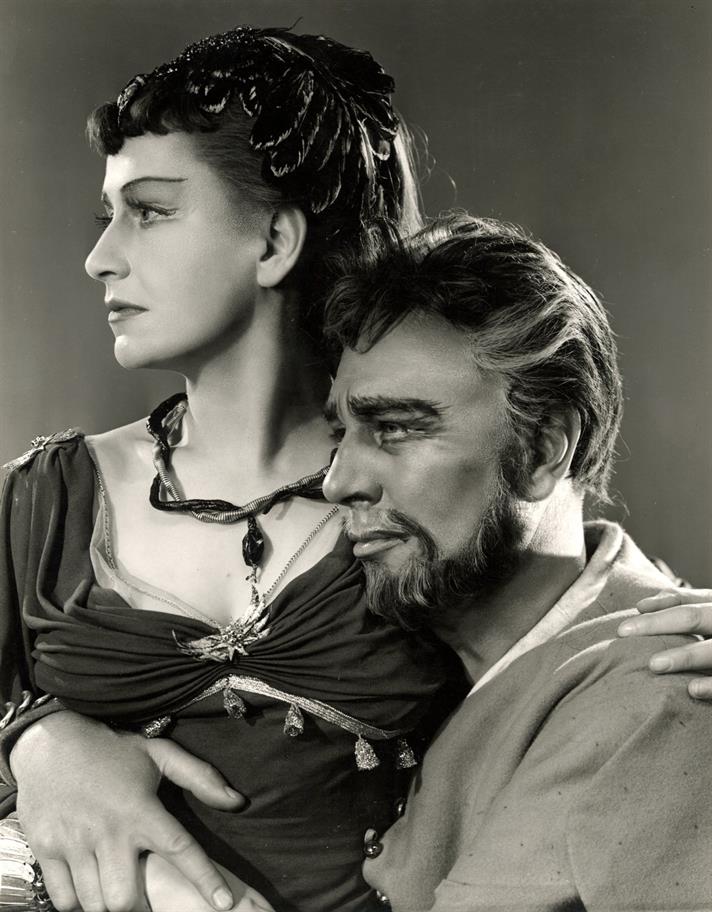
After the death of Alexander the Great of Macedonia (356 – 323 BC, a power struggle to succeed him ensued amongst his generals, principally because he left no clear-cut heirs. The Partition of Triparadisus (321 BC), which was a power-sharing agreement, divided the Macedonian Greek Empire between them. Alexander the Great’s nephew and aide-de-camp, Soter Ptolemy I, was awarded Egypt.
Following the birth of Pharaoh Philadelphus, Ptolemy’s first son whose mother was of Egyptian nobility, the Ptolemaic pharaohs adopted strict adherence to the ancient Egyptian pharaonic custom of incestuous inbreeding to assure the deified purity of the bloodline and control of the line of succession with brother and sister ruling as co-regents (often brother or sister and first cousin). This was Cleopatra’s experience, though she never gave birth to a child during her marriage to her half-brother and her mother was of Egyptian nobility, perhaps omens of her tragedy; she instead bore children to two high-ranking Romans, viz., Julius Caesar and Mark Antony. Of the two, Mark Antony was her legendary agnatic cousin, whereas Julius Caesar, Octavian’s great-granduncle, was purely of ancient Roman nobility, stretching back in time in agnatic lineage to the legendary Romulus (771 – 717 BC), the first King of Rome.
In song and verse, Cleopatra is typically depicted as a tragic heroine who captivated and entranced the ardor of the mightiest men of her age as a radiant beauty, akin to a Siren. However, by most contemporary accounts she was slightly homely as a visage, sporting a prosaic aquiline nose and red hair, and stood about five feet tall. Instead, her charm, prodigious intellect, and power as the queen of Egypt rendered her exceptionally alluring to men in bold approach to her wiles as pharaoh (her nemesis Octavian being the notable exception).
Her death marked the demise of the Ptolemaic dynasty that favorably ruled Egypt for nearly three centuries. Afterward, Octavian killed her son Caesaron, a potential heir to the throne, as an august herald of the advent of Roman Egypt that also portended him as the first Emperor of Rome. Adding Egypt to the Roman Empire’s territorial portfolio also capped the end of the Macedonian Greek Empire, mainly as a consequence that the fractured confederacy previously failed to marshal a leader of Alexander the Great’s stature as a conqueror of unparalleled gift as a military commander. Moreover, one can only reasonably speculate as to whether or not Alexander would have conquered what was to become the Roman Empire had he lived to old(er) age. Alas, only he would have had that ambition and presence of mind to succeed before the rise of the Roman Empire.
She’s ranked #129 in Hart’s Most Influential People in History – Top 500 List (125).
Related ancestral blog articles
European Royalty, Peerage & Nobility
Cleopatra VII Thea Philopater
Birth 69 BC in Alexandria, Ptolemaic Kingdom
Death 12 Aug 30 BC in Alexandria, Roman Egypt
Agnatic cousin of Alexander the Great of Macedonia (356 – 323 BC) , Antiochus III Seleucid, Emperor of Seleucid Greek Empire (223 – 187 BC) and Marcus Antonius, General, Triumvir of the Roman Republic (83 – 30 BC)
Ancestry.com citation/Lineages
wife of 64th great-grandfather JULII-COELING-VERE-WARREN-HOLLAND-SIMMONS-COLLINS
4th cousin 66x removed YNGLING-DUNKELD-PLANTAGENET-HOWARD-WOOD-COLLINS
5th cousin 70x removed COMMAGENE-JULII-MEROVING-CAROLMAN-VERE-WARREN-HOLLAND-SIMMONS-COLLINS
Ptolemy I Soter
Birth 367 BC in Macedonia
Death 283 BC (age 84 years) in Alexandria, Egypt
1st cousin 74x removed SELEUCID-SCYLFINGS-YNGLING-DUNKELD-PLANTAGENET-HOWARD-WOOD-COLLINS
1st cousin 76x removed MANOGAN-COELING-DOL-FITZALAN-HOWARD-WOOD-COLLINS
SOURCES
Rehabilitating Cleopatra | History
The Patricians, A Genealogical Study – Ebook Editions US$5.95
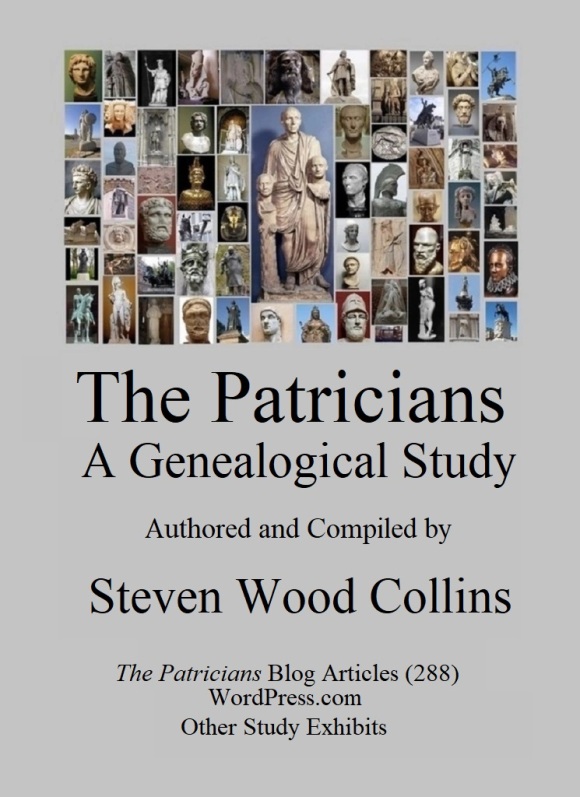

Steven Wood Collins (1952 – ) Antiquarian, Genealogist, Novelist
